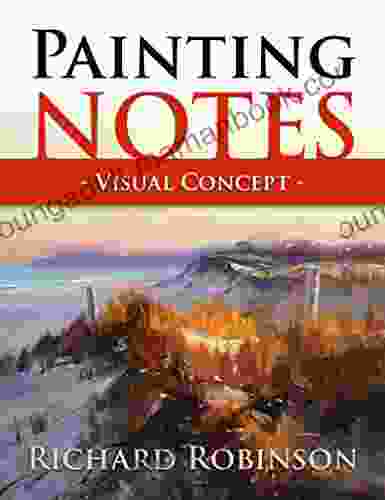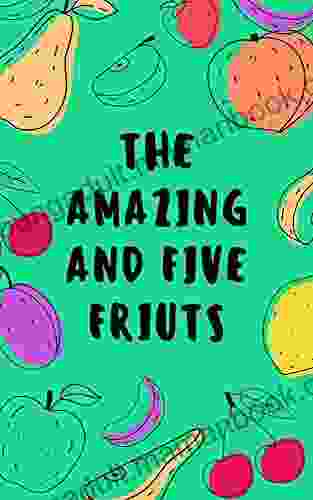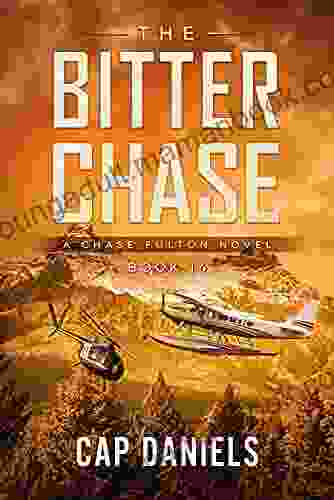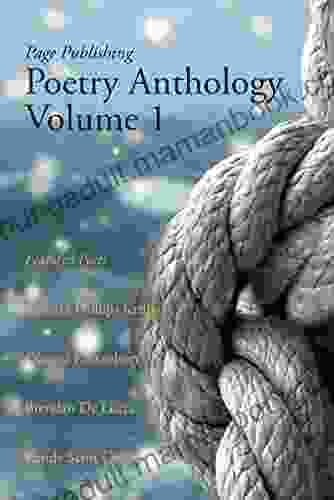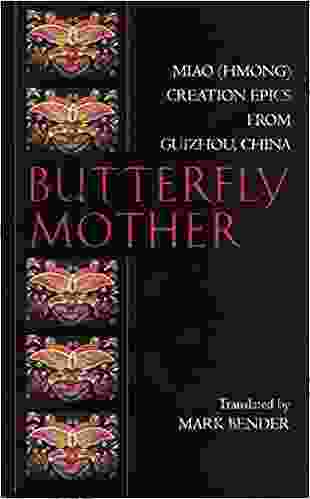Painting Workshop Notes: Capturing the Visual Concept

Painting Workshop Essentials: The Foundation of Visual Perception
Embarking on a painting workshop is an immersive experience that invites you to develop your artistic skills and deepen your understanding of visual concepts. These workshops provide a structured environment for artists to explore various painting techniques, refine their observation abilities, and engage with fundamental principles of art.
4.2 out of 5
| Language | : | English |
| File size | : | 5894 KB |
| Screen Reader | : | Supported |
| Print length | : | 13 pages |
| Lending | : | Enabled |
Effective painting workshop notes serve as a valuable tool to document your learning journey and capture the essence of the visual concepts presented. These notes will guide your artistic practice long after the workshop has concluded, allowing you to revisit and reflect upon the insights and techniques you acquired.
Observing and Transcribing: The Art of Keen Perception
At the heart of painting lies the ability to observe and interpret the visual world. In a painting workshop, you will learn how to train your eyes to see beyond the surface and capture the subtle nuances that define your subject. Keen observation involves paying meticulous attention to:
- Composition: The arrangement and balance of elements within the painting
- Color Theory: The interactions between colors and their impact on the overall mood and atmosphere
- Light and Shadow: The interplay of light and shadow to create depth and dimension
- Perspective: The illusion of three-dimensionality on a two-dimensional surface
By transcribing your observations into detailed notes, you can develop a deeper understanding of these visual elements and translate them effectively onto your canvas.
Composition and Storytelling: Guiding the Viewer's Eye
Composition is the backbone of any painting, determining how the elements are arranged to guide the viewer's eye through the artwork. In a painting workshop, you will learn the principles of composition, such as:
- Rule of Thirds: Dividing the canvas into thirds, horizontally and vertically, to create focal points
- Leading Lines: Using lines to draw the viewer's attention towards a particular area
- Balance: Ensuring that the elements are distributed evenly, creating visual harmony
- Negative Space: Utilizing the empty areas around the subject to enhance its impact
Understanding composition will empower you to craft paintings that tell a compelling visual story, engaging the viewer and guiding their interpretation of the artwork.
Color Theory: The Language of Emotion and Mood
Color theory is the study of how colors interact and evoke emotions in the viewer. In a painting workshop, you will explore the influential world of color, including:
- Color Wheel: A circular representation of colors, showing their relationships and harmonies
- Primary, Secondary, and Tertiary Colors: The building blocks of color mixing
- Warm and Cool Colors: Their psychological impact and how they can create contrast and depth
- Complementary Colors: Colors opposite each other on the color wheel, creating high contrast
By delving into color theory, you will gain the necessary knowledge to manipulate colors effectively, transmitting specific emotions and moods through your paintings.
Light and Shadow: Shaping Form and Depth
Light and shadow are essential elements in creating a sense of depth, dimension, and realism in a painting. In a workshop setting, you will study:
- Light Sources: The direction and intensity of light illuminating the subject
- Highlights and Shadows: The areas of greatest light and darkness, defining form
- Value Scales: A range of values from pure white to pure black, used to create tonal variations
- Chiaroscuro: The use of light and shadow to enhance contrast and dramatic effects
Through the precise observation and documentation of light and shadow, you will master the techniques to render your paintings with captivating depth and realism.
Perspective: Creating the Illusion of Space
Perspective is the art of creating the illusion of three-dimensionality on a two-dimensional surface. In a painting workshop, you will learn various perspective techniques, such as:
- One-Point Perspective: Using a single vanishing point to create a sense of depth
- Two-Point Perspective: Using two vanishing points to create a more complex illusion of space
- Aerial Perspective: Depicting distant objects with less detail and cooler colors, creating the effect of atmospheric haze
- Foreshortening: Distorting the size and proportions of objects to create the illusion of depth
By understanding perspective, you will be able to capture the spatial relationships between objects and create convincing representations of the three-dimensional world.
: The Power of Reflective Notes
Comprehensive painting workshop notes are more than mere records; they are invaluable resources that will accompany you throughout your artistic journey. They provide a tangible connection to the lessons learned, the challenges encountered, and the transformative insights gained. By regularly reviewing your notes, you can:
- Refresh your memory on key concepts and techniques
- Identify areas for improvement and continued practice
- Gain a deeper understanding of your own artistic style and preferences
- Share your knowledge and experiences with fellow artists
In the world of painting, capturing the visual concept is an ongoing pursuit. With every brushstroke, you refine your skills and deepen your artistic vision. Embrace the power of painting workshop notes to document your journey, allowing you to continually learn, grow, and create artworks that resonate with depth, meaning, and beauty.
4.2 out of 5
| Language | : | English |
| File size | : | 5894 KB |
| Screen Reader | : | Supported |
| Print length | : | 13 pages |
| Lending | : | Enabled |
Do you want to contribute by writing guest posts on this blog?
Please contact us and send us a resume of previous articles that you have written.
 Top Book
Top Book Novel
Novel Fiction
Fiction Nonfiction
Nonfiction Literature
Literature Paperback
Paperback Hardcover
Hardcover E-book
E-book Audiobook
Audiobook Bestseller
Bestseller Classic
Classic Mystery
Mystery Thriller
Thriller Romance
Romance Fantasy
Fantasy Science Fiction
Science Fiction Biography
Biography Memoir
Memoir Autobiography
Autobiography Poetry
Poetry Drama
Drama Historical Fiction
Historical Fiction Self-help
Self-help Young Adult
Young Adult Childrens Books
Childrens Books Graphic Novel
Graphic Novel Anthology
Anthology Series
Series Encyclopedia
Encyclopedia Reference
Reference Guidebook
Guidebook Textbook
Textbook Workbook
Workbook Journal
Journal Diary
Diary Manuscript
Manuscript Folio
Folio Pulp Fiction
Pulp Fiction Short Stories
Short Stories Fairy Tales
Fairy Tales Fables
Fables Mythology
Mythology Philosophy
Philosophy Religion
Religion Spirituality
Spirituality Essays
Essays Critique
Critique Commentary
Commentary Glossary
Glossary Bibliography
Bibliography Index
Index Table of Contents
Table of Contents Preface
Preface Introduction
Introduction Foreword
Foreword Afterword
Afterword Appendices
Appendices Annotations
Annotations Footnotes
Footnotes Epilogue
Epilogue Prologue
Prologue Carol Lynn Pearson
Carol Lynn Pearson Christopher Calkins
Christopher Calkins Stephan Talty
Stephan Talty Cap Daniels
Cap Daniels Charles Kinsey
Charles Kinsey Ray Hitchins
Ray Hitchins Barrie Davenport
Barrie Davenport David Graeber
David Graeber Jillian Lin
Jillian Lin Sy Montgomery
Sy Montgomery Brian Caldwell
Brian Caldwell Andy Clark
Andy Clark Leif Beiley
Leif Beiley Benjamina Ebuehi
Benjamina Ebuehi J Kyle Bachus
J Kyle Bachus Nancy Bardacke
Nancy Bardacke Pieter Nel
Pieter Nel Christina F York
Christina F York Calvert Crary
Calvert Crary Matthew Hopkins
Matthew Hopkins
Light bulbAdvertise smarter! Our strategic ad space ensures maximum exposure. Reserve your spot today!
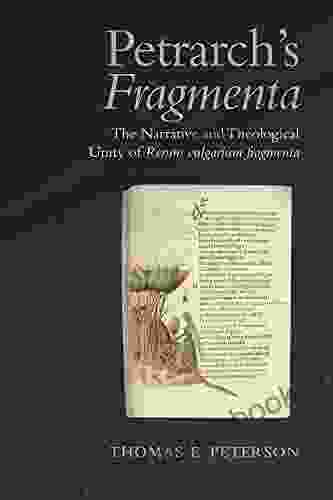
 Sam CarterThe Narrative and Theological Unity of Gerard Manley Hopkins' Rerum Vulgarium...
Sam CarterThe Narrative and Theological Unity of Gerard Manley Hopkins' Rerum Vulgarium... Bernard PowellFollow ·8.5k
Bernard PowellFollow ·8.5k Marc FosterFollow ·6.5k
Marc FosterFollow ·6.5k Dwayne MitchellFollow ·3k
Dwayne MitchellFollow ·3k Bo CoxFollow ·8.4k
Bo CoxFollow ·8.4k Anton ChekhovFollow ·16.6k
Anton ChekhovFollow ·16.6k Mark TwainFollow ·16.1k
Mark TwainFollow ·16.1k Jason HayesFollow ·17.3k
Jason HayesFollow ·17.3k Harvey HughesFollow ·6.6k
Harvey HughesFollow ·6.6k

 Yukio Mishima
Yukio MishimaUnveiling the Zimmermann Telegram: A Pivotal Document in...
The Zimmermann Telegram, a diplomatic...
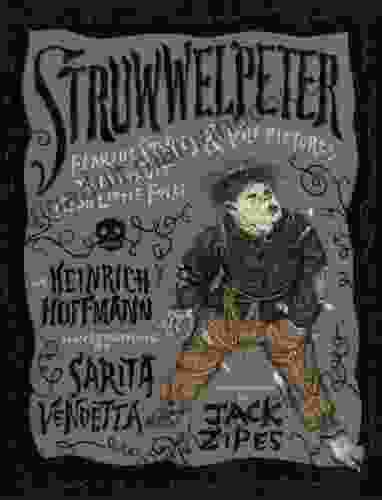
 George Martin
George MartinFearful Stories and Vile Pictures to Instruct Good Little...
In the annals of children's literature, few...
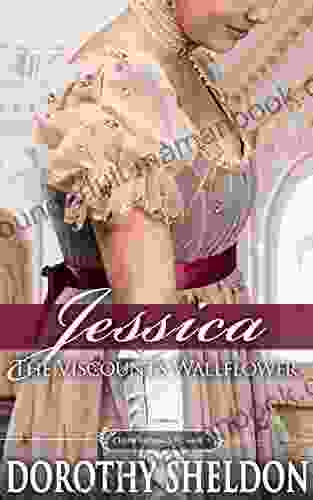
 Grant Hayes
Grant HayesJessica the Viscount Wallflower: A Tale of Transformation...
In the opulent ballrooms and glittering...

 Jerome Blair
Jerome BlairThe Economics of the Global Defence Industry: A...
The global...
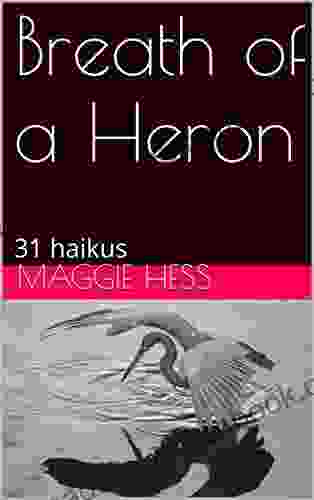
 Blake Kennedy
Blake KennedyBreath of Heron - A Window into the Poetic Depths of...
In the realm of...
4.2 out of 5
| Language | : | English |
| File size | : | 5894 KB |
| Screen Reader | : | Supported |
| Print length | : | 13 pages |
| Lending | : | Enabled |


